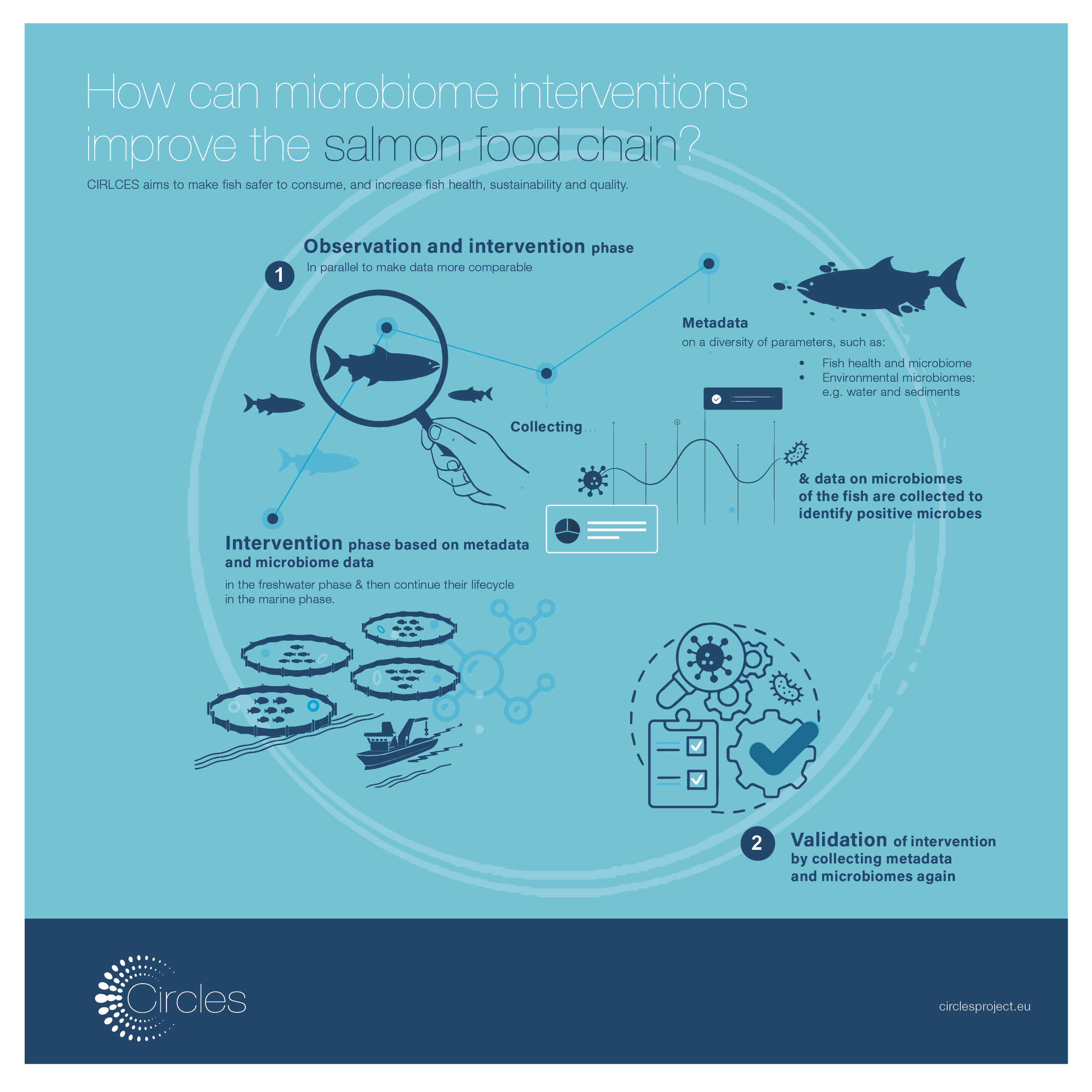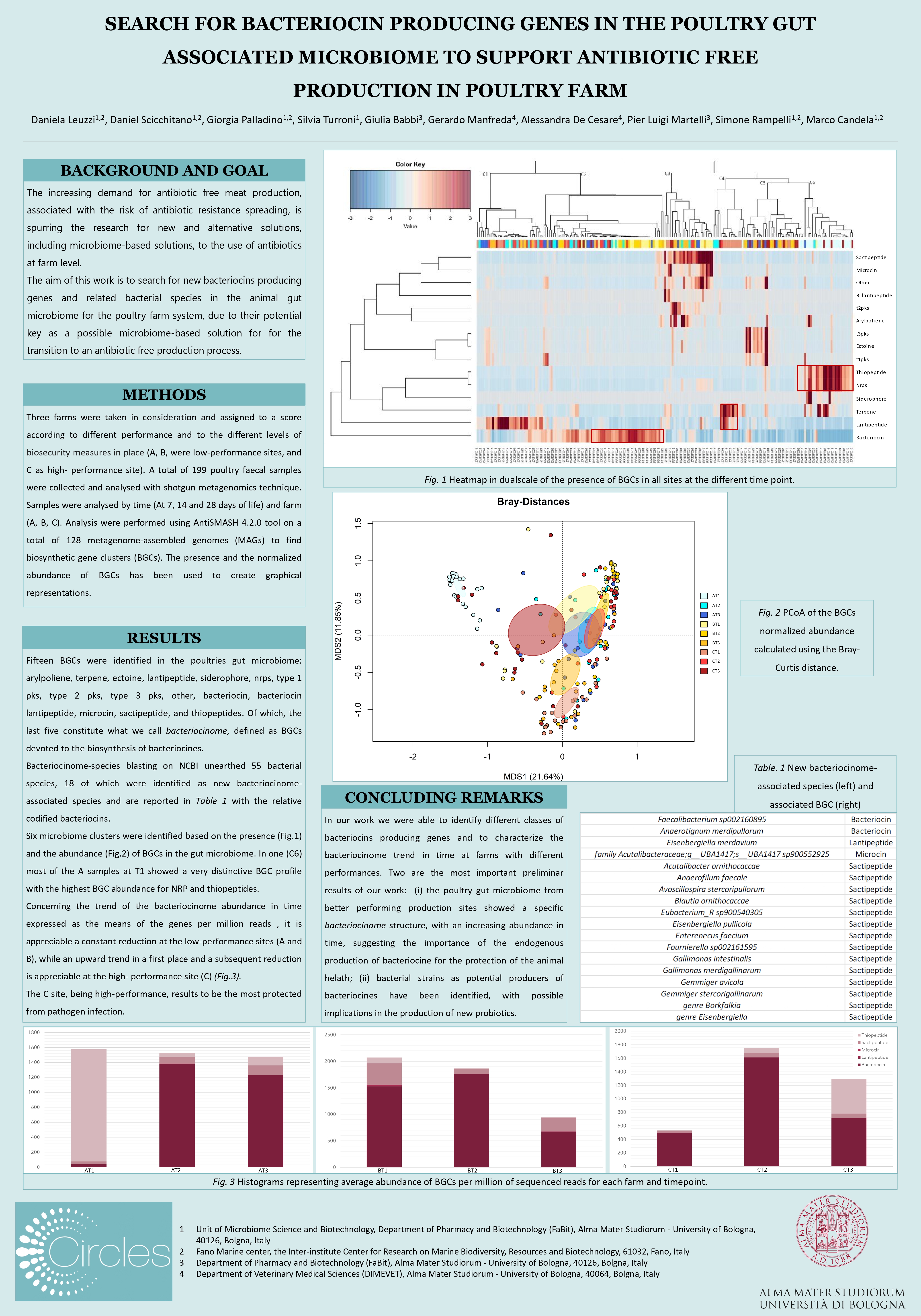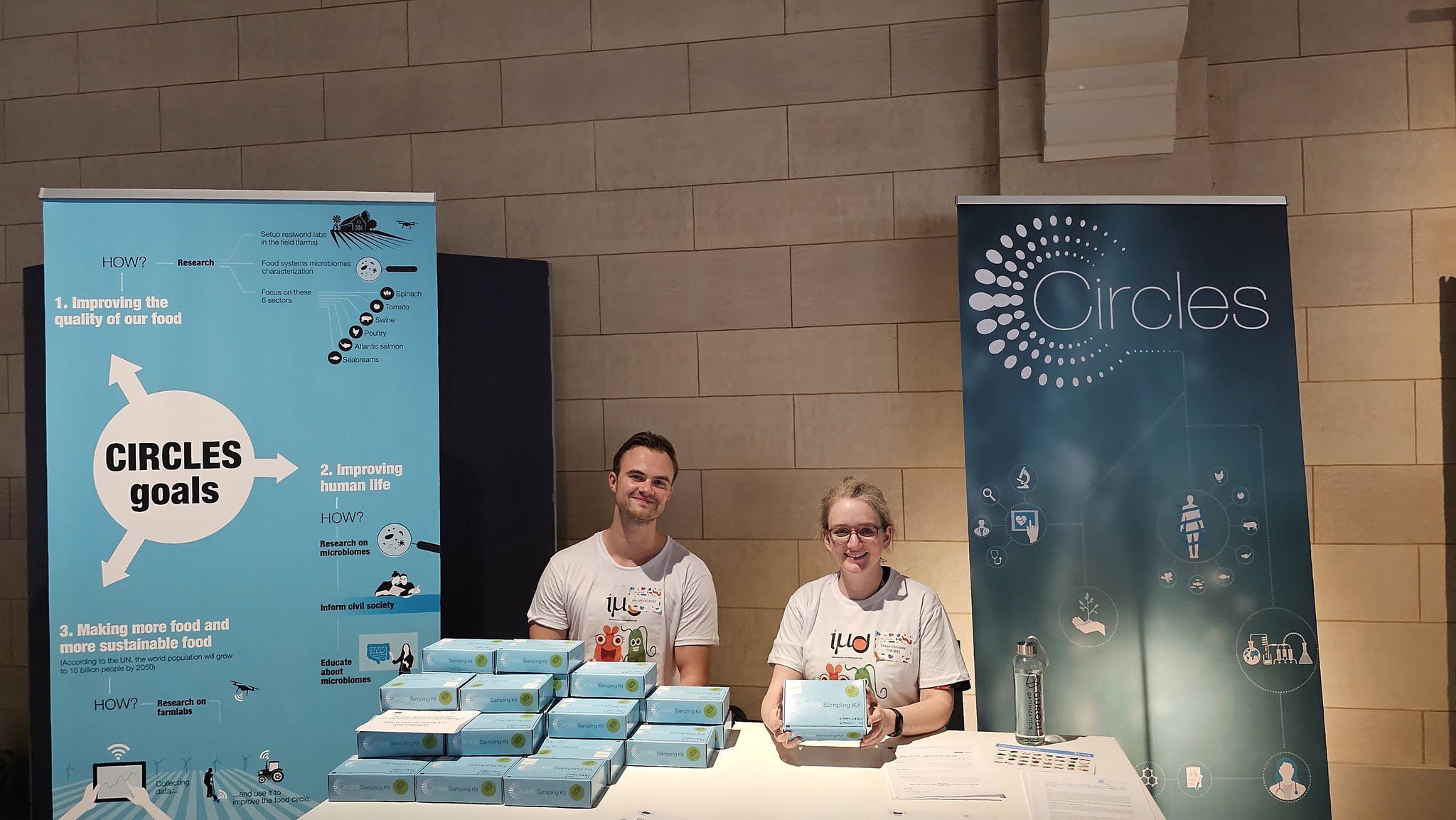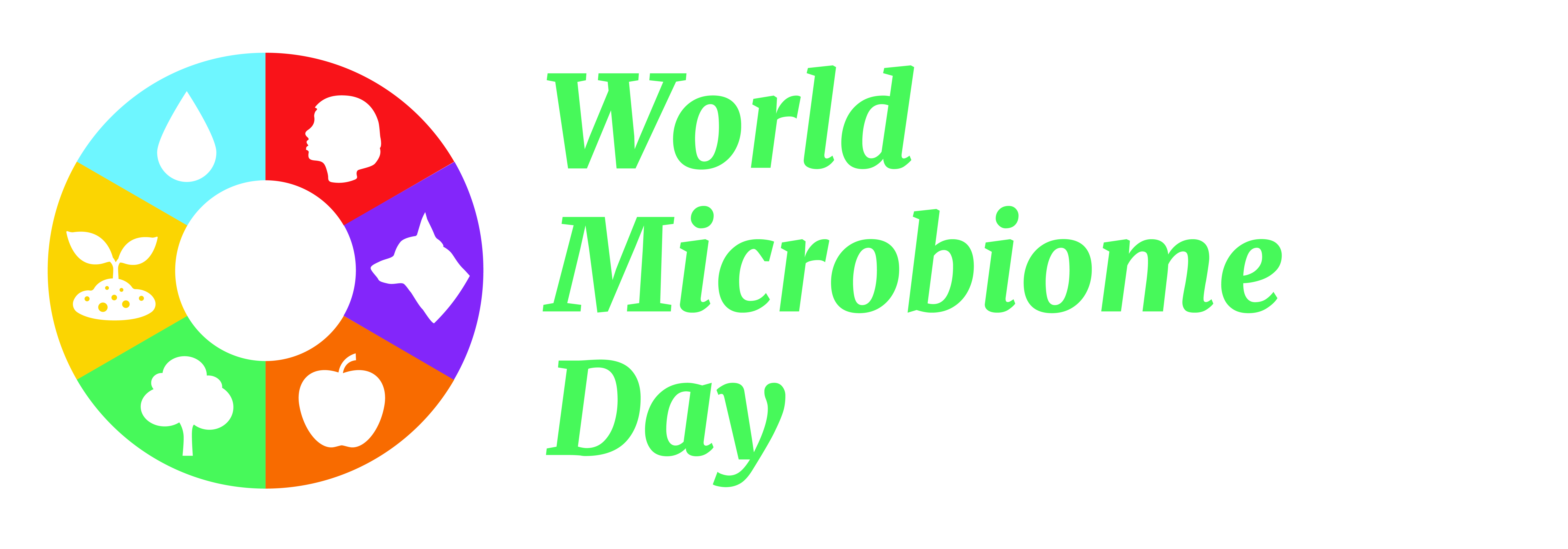Researchers use many different technologies to monitor and collect data on soil health. In CIRCLES, this is no exception: from the sampling rover to the lyophiliser, and from the bioanalyser to the LoRa soil sensor – such technologies are instrumental for microbiome research. But what are these tools actually used for and what is their contribution to the research performed in CIRCLES? Let’s start with the LoRa soil sensor: a soil environmental sensor developed by VTT Technical Research Centre in Finland. In CIRCLES, five of these sensors will be used!
Long range, low power
If we want to know how the sensors work, we need to have a closer look at the technical details of the system. From a technical perspective, LoRa stands for ‘long range, low power’. LoRa sensors have a long-range radio communication (1-10 km) and a lifetime of 2 years, due to low battery consumption. Each measurement system consists of four soil environmental sensors and a gateway, which receives the sensor data and sends it to the end user through wireless systems. Currently, the sensors have been handed over to the University of Bologna for implementation. Here, researchers will place the sensors in the lab-in-fields for a 7-day period. The environmental impact of such measurements systems is more or less non-existent because of their dimensions and limited applications on the fields.
![LoRA_Field_Sensors_forBlog[1]](https://circlesproject.eu/wp-content/uploads/2020/10/LoRA_Field_Sensors_forBlog1.jpg)
Real time soil monitoring
Until recently, most soil research relied heavily on sampling. The use of LoRa soil sensors, however, will enable CIRCLES researchers to continuously monitor the soil health without performing any sampling. The LoRa systems measure environmental parameters such as temperature, humidity, moisture, as well as mineral content. The sensors collect data with a 5-minute interval, which means that researchers can get almost immediate and continuous information about the condition of the soil. The LoRa sensors are innovative in this sense and their use fits within the wider trend of introducing Internet of Things (IoT) in agriculture and crop cultivation. The use of IoT in soil research allows for a much better understanding of the various aspects that affect the soil health. It gives researchers access to all the information necessary to achieve efficient soil management whilst providing crops with the right amount of inputs (e.g. fertilisers).
Microbiomes and soil health
The role of microbiomes in plant systems is vital. They are responsible for the digestion and the cycle of micronutrients, which helps plants’ growth. The LoRa soil sensors provide data which, when analysed, can equip scientists with the knowledge to turn soil into an ideal environment for the microbiome. Once the sensors have been placed at the lab-in-field, CIRCLES researchers will measure the environmental conditions of the soil at the beginning and at the end of the 7-day period. When comparing sets of data over time, researchers will get valuable information about the factors that influence the presence of microbiomes. In the long-term, CIRCLES researchers will be able to better understand how soil microorganisms are influenced by the measured environmental conditions, and eventually alter them in specific locations to provide the right background for the microbiome to thrive. Ultimately, blooming soil microbiome can lead to an enhanced plant fertility and more sustainable and productive food systems.
Interested in knowing how measurement instruments look like? Visit our Instagram!





